The fauna and flora of Formentera is typical of a Mediterranean area, where beaches abound and an ideal environment for trees such as pine and juniper.
The landscapes of this paradisiacal island attract thousands of visitors every year, all eager to swim in its beaches, taste its gastronomy and get to know the fauna and flora of Formentera at its best.
The island has life, not only in its forests, cliffs, parks and historical sites, but also in the seabed of its beaches, coves and dune systems.
In addition, you can see mythical and interesting animals characteristic of this area of the Balearic archipelago as the lizard pitiusa, with varied colors that can impress you and steal the click of your camera.
Meet the fauna and flora of Formentera in its maximum splendor.
Flora of Formentera
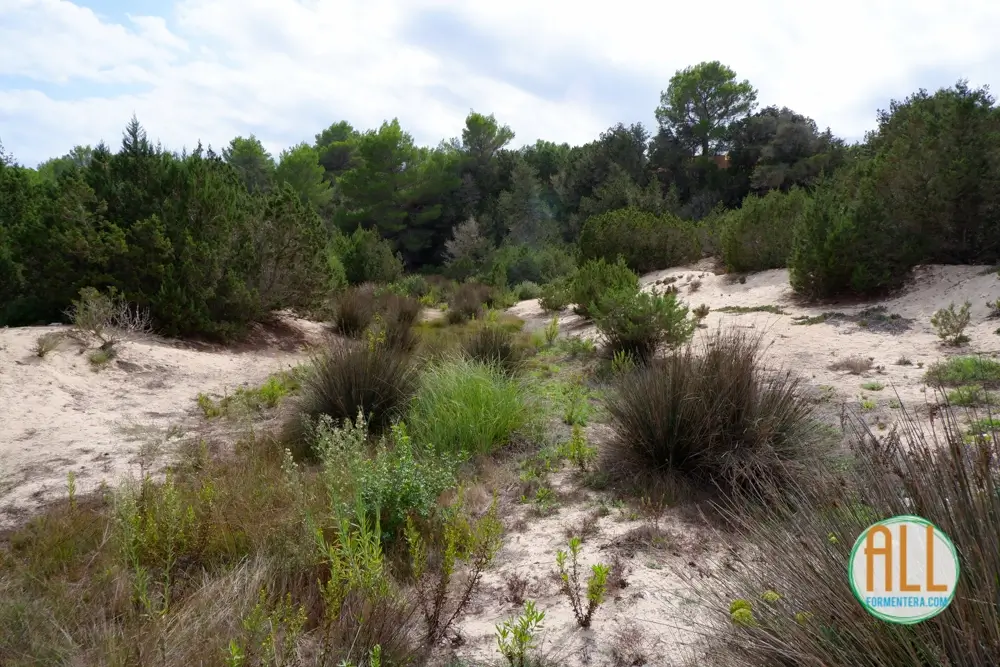
Among the flora of Formentera we can observe many pines and junipers that flood its beautiful and large forests, as well as shrubs and dunes that surround the beaches and ponds of the coast.
In addition, on the seabed of the island’s beaches and coves you can observe the peculiar and abundant posidonia, a protagonist of the island’s marine life.
Let’s know in depth some of the specimens of the flora of Formentera.
Posidonia

Under the wonderful turquoise blue canvas of the waters of Formentera, grows posidonia, an abundant grass on the island.
This is the largest and longest-lived organism in the world, and it also gives its waters their beautiful color.
In addition, posidonia protects the island from sediments, harmful organisms and other elements that could considerably affect the health and purity of the water.
Learn all about posidonia in the following link:
Shrubs
Undoubtedly, a family of Formentera flora that abounds and that you can see everywhere you look.
The shrubs that you can find in Formentera are very rustic plants adapted to the heat, drought and lack of water typical of this area of the Mediterranean Sea.
Some of the most popular shrubs of its flora are rosemary (Rosmarinus officinalis), bushes (pistacia lentiscus), thyme (coridothy capitatus), junipers (juniperus oxycedrus) or white steppe (cistus albidus).
Many of these shrubs are used to prepare gastronomic dishes of the highest quality and flavor.
Below is a collection of photographs of some of these shrubs:
Junipers

The juniper or Juniperus Phoenicea is one of the most emblematic trees of the region, used for the construction of mills and houses, even today. It is also, along with pine, the most abundant on the island.
It was also used by the inhabitants of Formentera to make traditional decorative objects of the island.
Seeing the peculiar way it grows, a juniper tree can become the perfect artistic symbol that you can spend hours admiring.
Pines
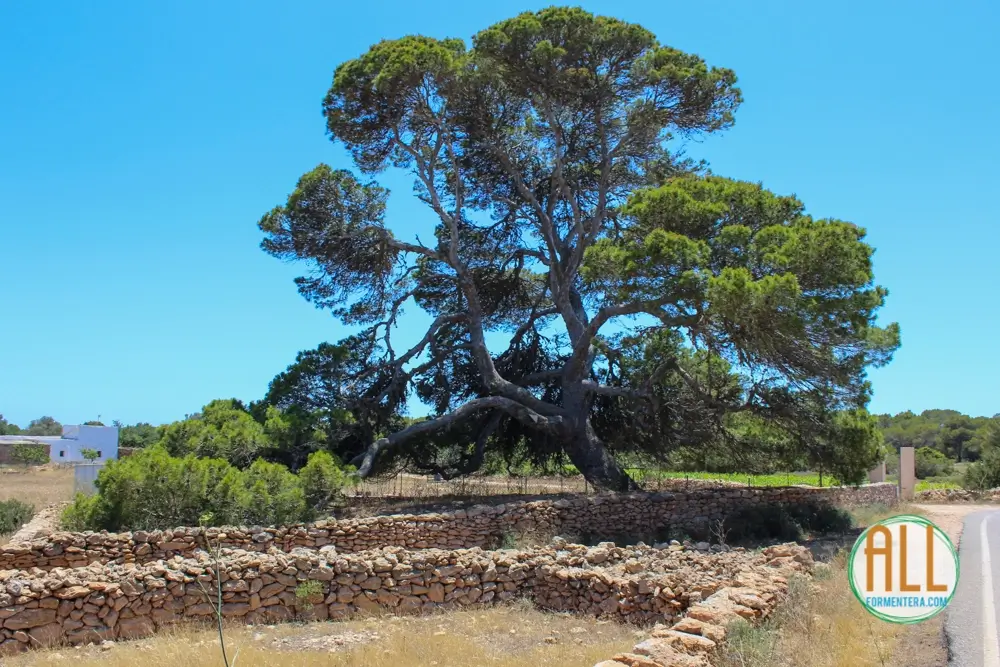
Pine trees (Pinus halepensis) are a vital part of Formentera’s flora and can be found wherever you are on the island.
It is by far the largest tree on the island, present in all the forests and on many cliffs surrounding the beaches of Formentera.
Bougainvillea
It is a beautiful flower and highly valued by the people of the island, as it takes advantage of the weather to decorate the homes of the residents in the most colorful and beautiful way.
They are also used to decorate streets and stores.
So, in your photo gallery of Formentera will be, without a doubt, a Bougainvillea.
Fig trees
The fig trees are an inseparable part of the history, culture and gastronomy of Formentera: bread was made from fig trees and they have saved many people from starvation over the centuries.
Flora and plants for trade
Among the flora of Formentera that is cultivated for food and commerce are the fig tree, almond tree, potato, tomato and a variety of cereals.
These crops, in addition to enriching its gastronomic variety, are vital for the commercial development of the inhabitants.
Fauna of Formentera
The fauna of Formentera has more than 210 different types of birds, which live permanently on the island or arrive on their migratory journeys.
On land, rabbits, rats, hedgehogs, spiders, lizards and other insects can be observed.
And other animals that you can find while bathing or sunbathing on one of its beaches, which are among the most characteristic of the area, are the native lizards of such a variety of colors.
These are some of the specimens of Formentera’s fauna that you will want to know.
Birds
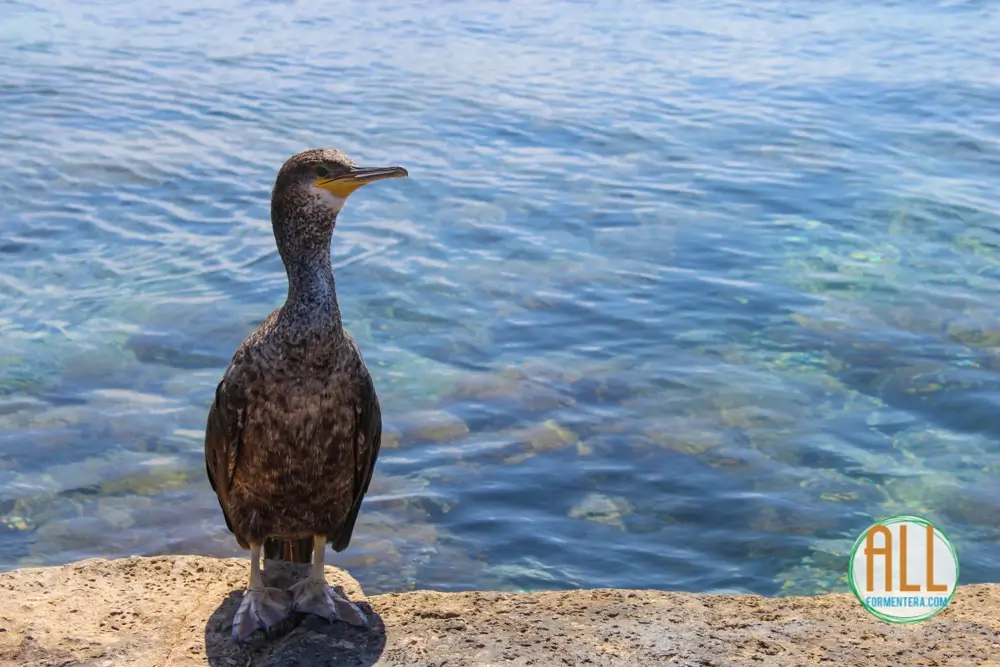
On the island you can see abundantly the sparrow, the most popular bird of Formentera.
Also very common are greenfinch, goldfinch, owl, partridge, quail, turtledove, swallow, flamingo, owl and hoopoe.
And what about seabirds?
You will be able to see seagulls and cormorants.
Lizards
The lizard (podarcis esp) is the most characteristic and outstanding of all the fauna of Formentera because they are of a beautiful greenish color.
You may also see brown or blue lizards.
And, in privileged areas of the island, you can see lizards with much more impressive shades, such as yellow lizards.
Another species that can be observed are the salamanders, popularly known on the island as “dragons”.
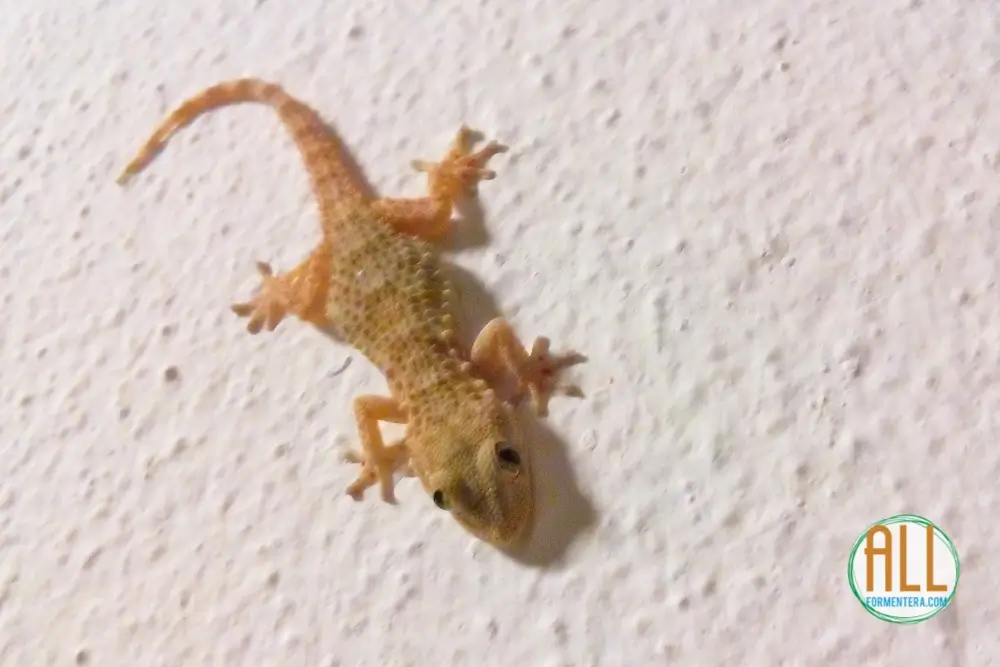
More fauna of Formentera
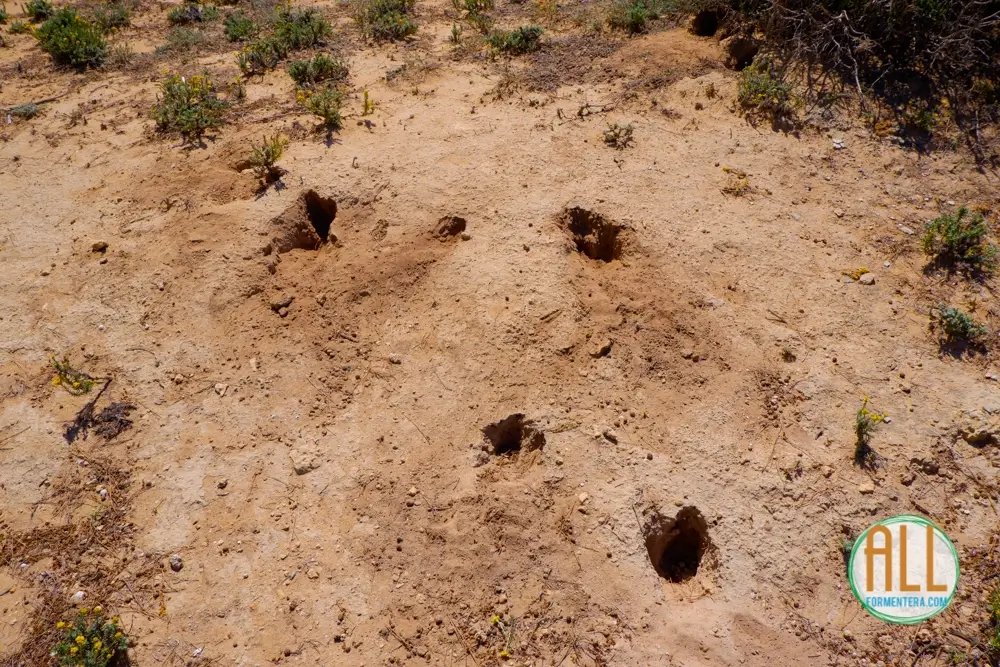
But these are the only animals you can enjoy when visiting Formentera.
Others that always steal the flash of tourists are the following:
- Rabbit
- Dormouse face
- Mice
- Hedgehog
- Bat
- Common kestrel
- Balearic Shearwater
- Cigars
Although there are many more species, these are just some of the most commonly seen. You may be in for a surprise on your visit.

Is it worth knowing the fauna and flora of Formentera?
Yes, without a doubt. The fauna and flora of Formentera is distributed along a terrain known for its beautiful coves and beaches, but there is more: Formentera contains forests, semi-desert areas, huge cliffs, ponds, rocky coasts and dunes that are a sample of its varied fauna.
Formentera also has, due to the fact that it is an island, plants, trees, bushes and animals adapted to the peculiar living conditions of this territory, isolated for most of its history.
Enjoying the beauty of Formentera’s flora and fauna is one of the things that tourists can’t even imagine when planning a getaway to the island.
You have reached the end of the article. Other sites that may interest you are:

